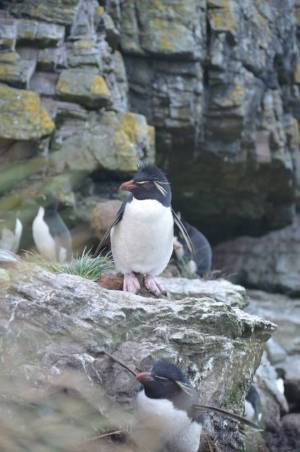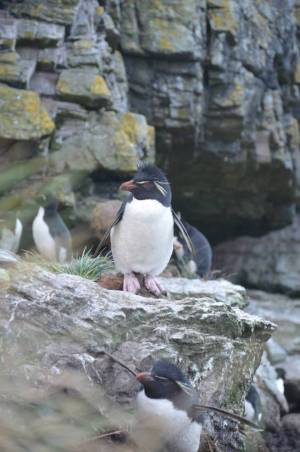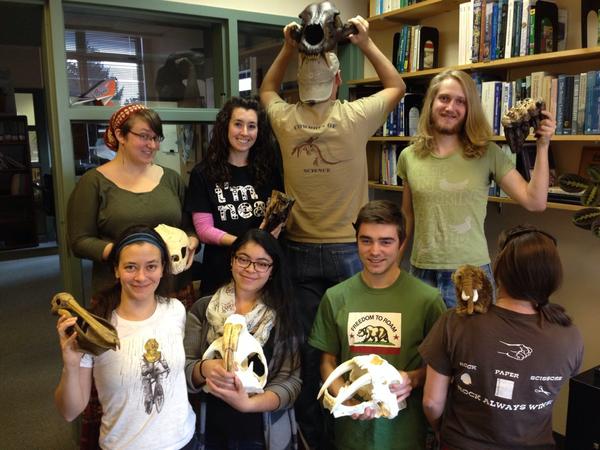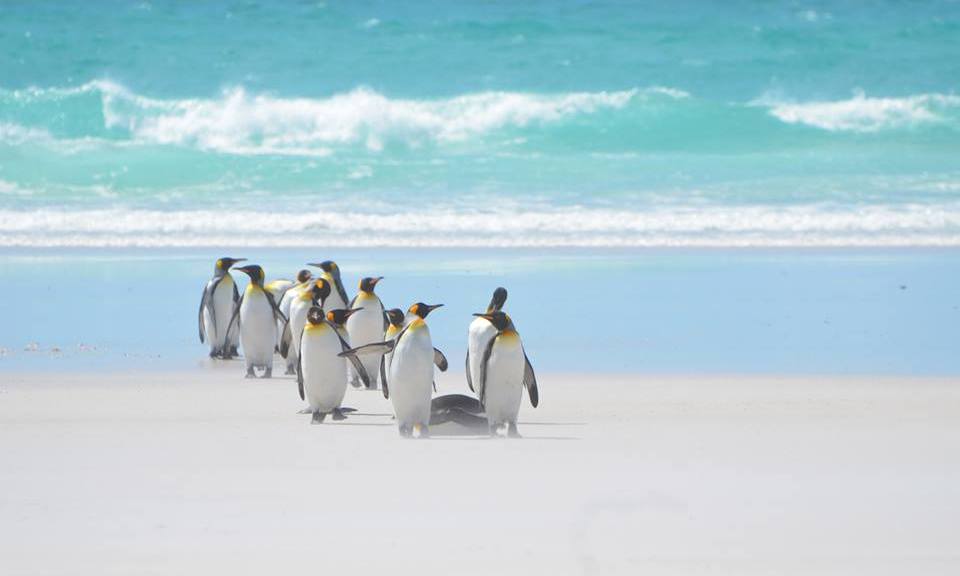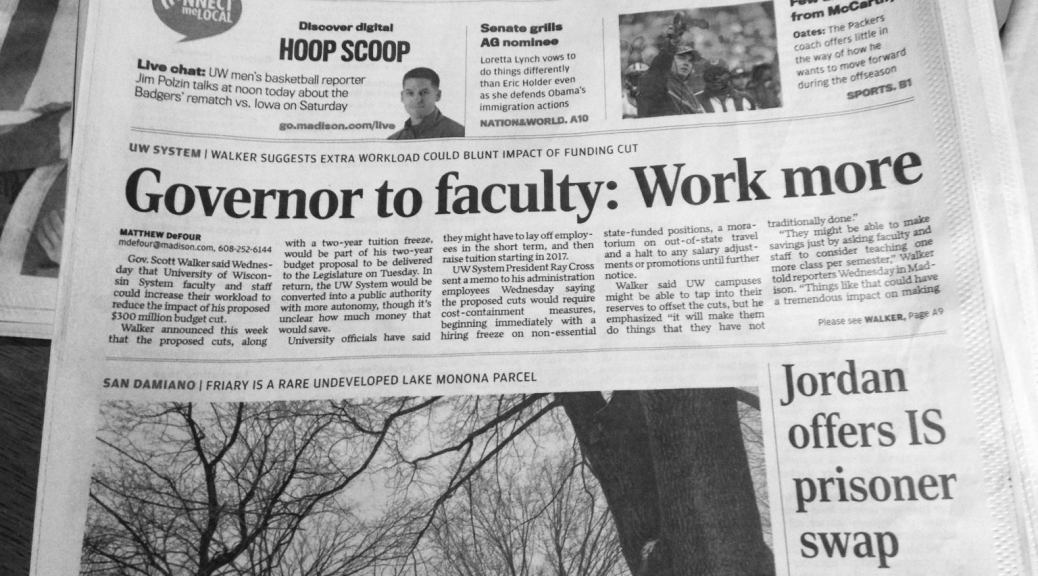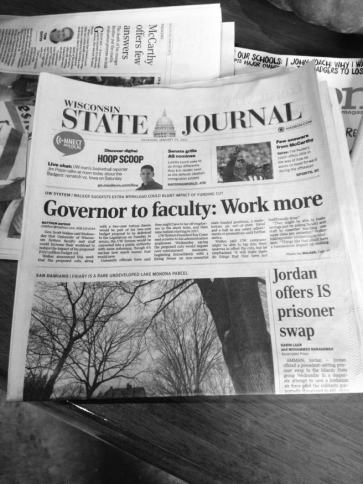I don’t want to write about women in science today. I want to write about glaciers, or passenger pigeons, or the way the tilt of the earth is making the squirrels outside my window stash acorns, or about how sharks have been on this planet longer than trees, or why sometimes, the public doesn’t trust scientists.
You don’t get those posts today, because I’m a woman in science. Being a woman in science comes with expectations, you see. It comes with my own expectations for a fulfilling career, for having it all, for defining what that even means, and for doing it under my own terms, but those aren’t relevant.
Being a woman in science comes with the expectations others have for me, too, including that I not only must talk and act and dress in certain ways, but also that I work hard enough to justify investing in me even though I’m a pre-baby-incubator. Meanwhile…
View original post 985 more words


